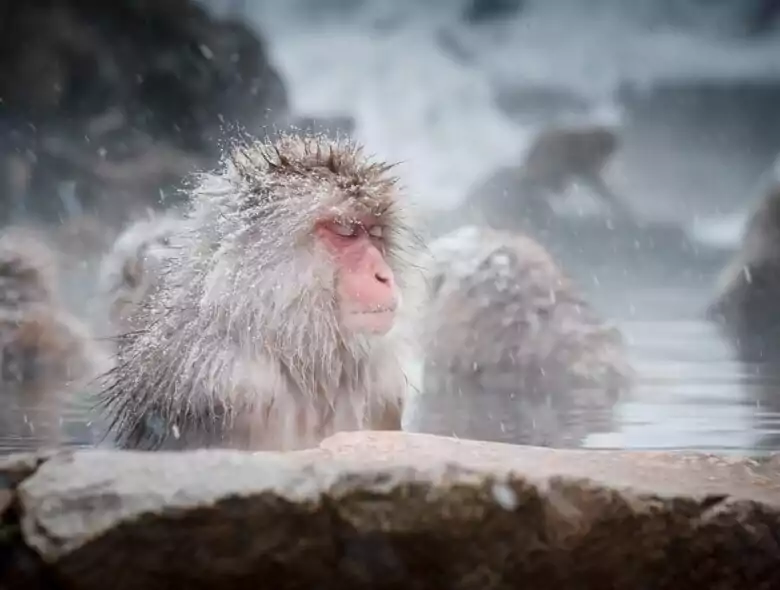There are many famous hot springs in Japan, but the Tohoku region is also known as one of the most famous hot spring resorts in Japan, with the largest number of hidden hot springs in the country. The hot springs with spectacular views where you can enjoy an extraordinary space surrounded by nature will surely heal you from the fatigue of daily life.
In this issue, we would like to introduce you to some of the most unusual hot springs in the Tohoku region!
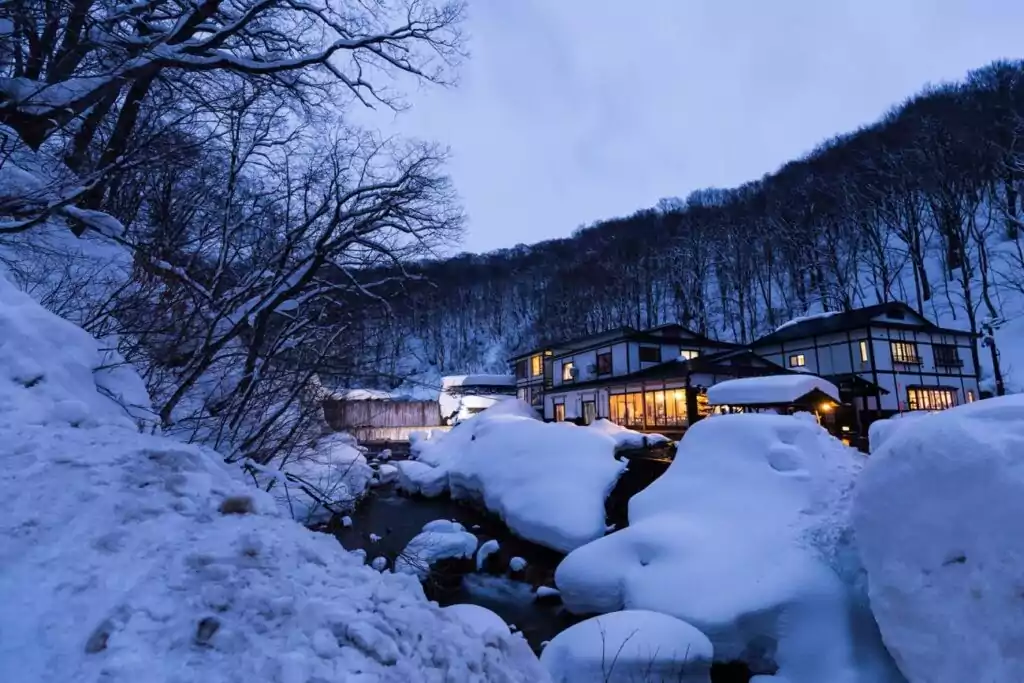
Aomori Prefecture: Furofushi Onsen
The name “Furofushi Onsen” comes from the saying, “If you take care of yourself here, you will never get old or weak.” Because it contains a lot of iron, it turns reddish brown when it comes into contact with the air. The high salinity of this strong salt spring has a sterilizing effect on wounds and a smoothening effect on the skin, so it is also known as “hot water for wounds” and “hot water for beautiful skin.
In addition to the efficacy of the hot spring, another reason for its popularity is its location. The open-air bath on the seashore is integrated with the beach, and the distance to the ocean is about 1 meter. The view at sunset, when the sky, the sea, and all the scenery are the same color, is breathtaking, offering a beautiful view of the sun setting over the Sea of Japan. The open-air bath is available only from sunrise to sunset.
Akita Prefecture: Akinomiya Onsenkyo
Known as the oldest hot spring resort in Akita Prefecture, this is an extremely luxurious hot spring resort where each inn has its own hot spring source.
Before visiting a hot spring resort, you should definitely stop by “Kawahara no yukko,” which was born from the idea of local residents. There is a place where hot spring water gushes out on the riverbank of the Yakunai River, and you can freely dig the riverbank with a shovel to create your own footbath. The water is quite hot, so you need to adjust the temperature by adding water from the river. After completing the temperature to your liking, you can order a meal from a nearby restaurant and enjoy a meal while soaking in the footbath in the great outdoors.
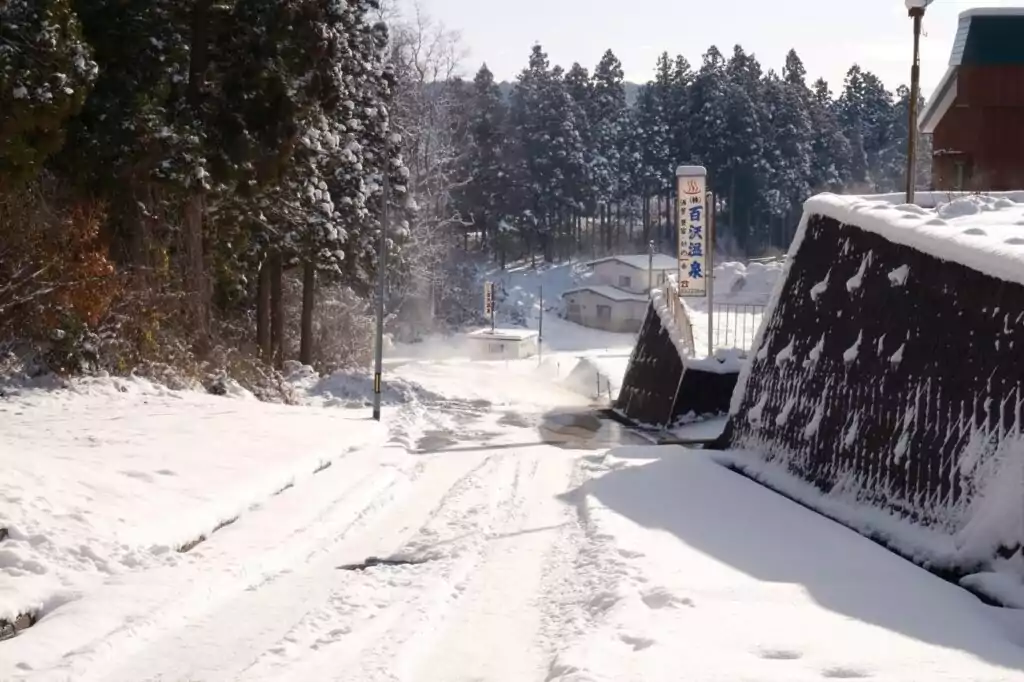
Iwate Prefecture: Lead Onsen
Lead Onsen is a hidden hot spring in Hanamaki Onsenkyo, a famous hot spring resort area. Fujisan Ryokan has five sources of such high quality hot spring water that it has been selected as one of the “New 100 Best Hot Springs in Japan” and “Japan’s Onsen Heritage,” and all of its bathhouses are 100% spring water. It is one of the few hot springs where even the hot water coming out of the showers is from the source. Among them, Hakusaru no Yu is the deepest natural rock bath in Japan, with an average depth of 125 cm and 140 cm at the deepest point. Usually, even hot springs that use hot spring water are pumped to the baths from where the spring water is flowing, but at Hakusaru-no-yu, the water gushes out beneath your feet, allowing you to enjoy the precious ingredients as they are throughout your entire body.
Other attractions include an open-air bath on the riverbank and a half-open-air bath with the Shiraito Waterfall spread out before your eyes, allowing you to fully enjoy the famous hot spring while viewing the natural scenery that varies with the seasons.
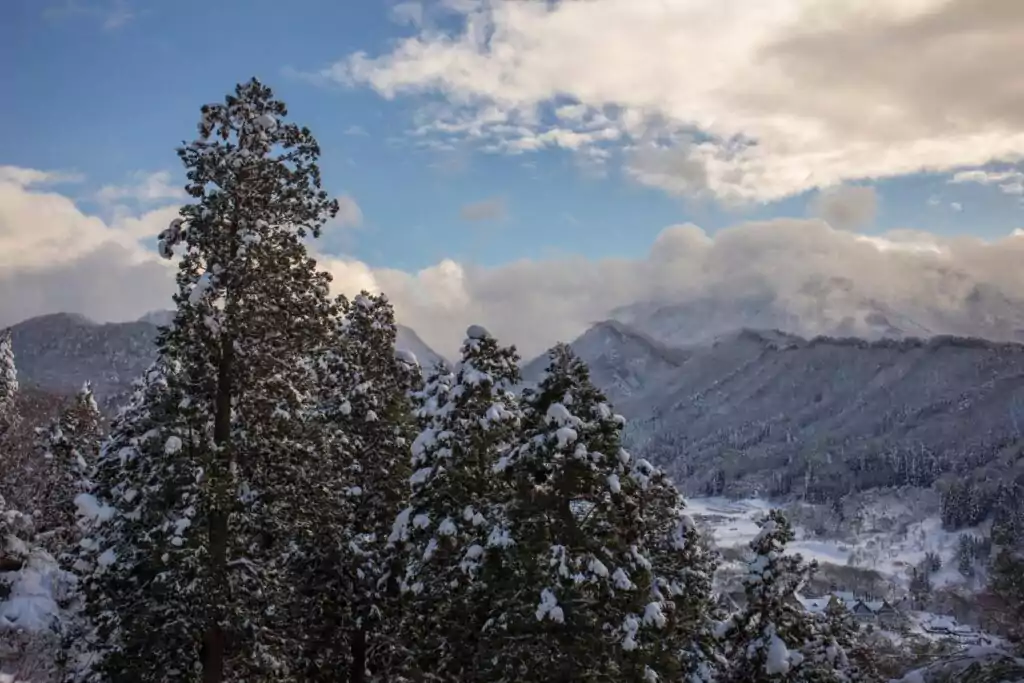
Miyagi Prefecture: Naruko Onsen
Naruko Onsen Hot Spring Resort is a large hot spring resort area consisting of five hot spring resorts: Naruko Onsen, Higashi-Naruko Onsen, Kawatabi Onsen, Nakayamadaira Onsen, and Onikobe Onsen. Each has its own unique townscape and baths, and it is a pleasure to visit them and compare them with each other. Among them, Naruko Onsen is known as one of the “Three Famous Hot Springs of Oshu” and boasts one of the largest and most abundant hot springs in the Naruko Onsen Hot Spring Resort area, with an abundance of hot spring water and its beneficial effects. Naruko Hotel is a mixed spring rich in ingredients, including the three most beautiful qualities of sulfur spring, sulfate spring, and bicarbonate spring. The color of the water changes from clear, greenish white, milky white, green, etc. as the hot spring components react with the outside air and humidity, and you can enjoy the slightly different colors of the water at different times and seasons. You can enjoy hot spring water with slightly different colors at different times of the day and in different seasons.
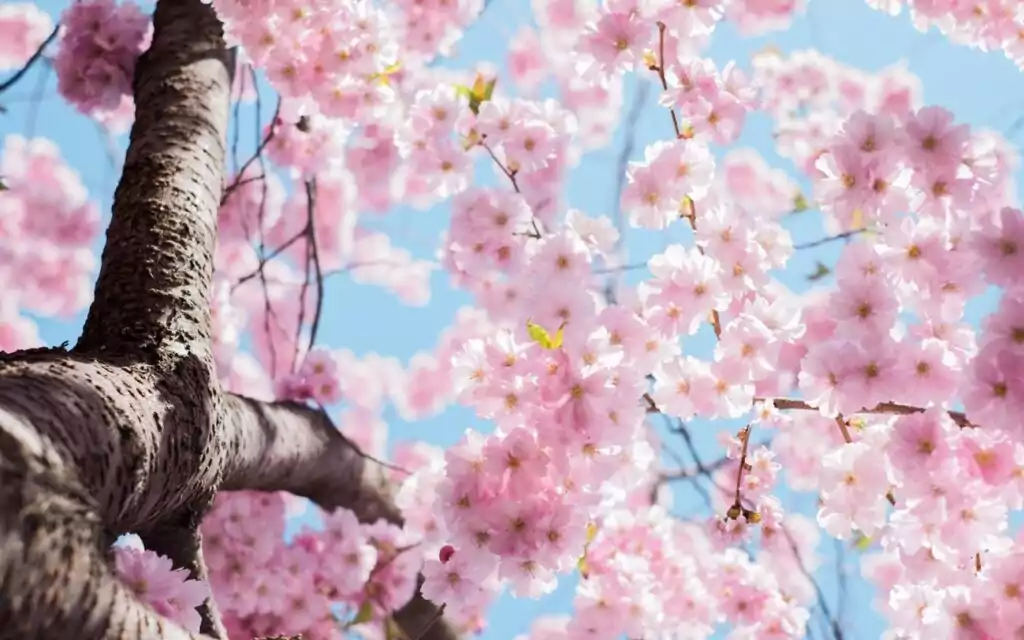
Yamagata Prefecture: Sagae Onsen
Located in the center of Yamagata Prefecture and famous for its cherries, the hot spring in Sagae City is a 100% natural hot spring. The rose bath is one of the most unusual features of the hot springs, with its clear water color and fatigue-relieving effects. Sagae City is one of the largest producers of roses in Japan. Roses, not petals, but whole flowers are floating in the hot water, which has the effect of beautifying the skin, and the elegant and fragrant aroma will heal you in a luxurious way. The rose baths are available at different times of the year and at different rates depending on the inn, so advance confirmation is required.
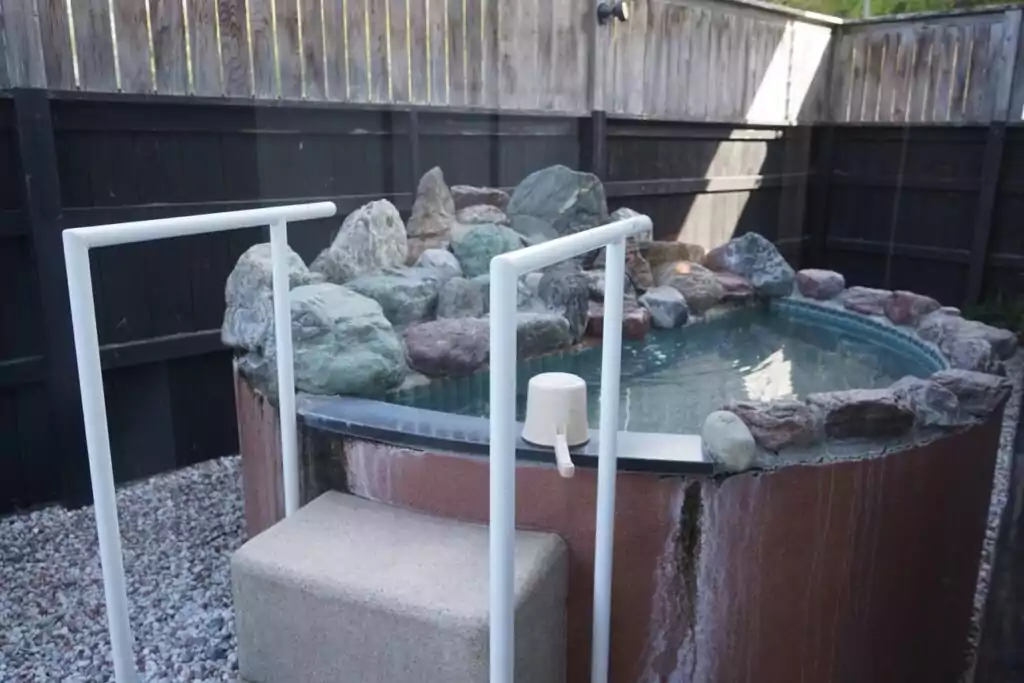
Fukushima Prefecture: Tsuchiyu Onsen
There are many variations of onsen in Fukushima Prefecture, ranging from orthodox simple onsen, carbon dioxide onsen, and radium onsen, which is rare in Japan.
Tsuchiyu Onsen is a hot spring resort rich in nature with a history that is said to date back to the age of mythology. Kawakami Onsen has a half-cave, half-open-air bath that was built by hand over a year and a half by craftsmen. Unusually for an open-air bath, the bathtub and floor are made of Aomori cypress, making it the largest wooden open-air bath in the prefecture. There is also a standing bath that is 120 cm deep at its deepest point, and they always have floatation rings for children. There are 6 sources of hot spring water, but there is a mixed spring that is cooled by adding water, and all the tap water used to adjust the temperature is spring water.
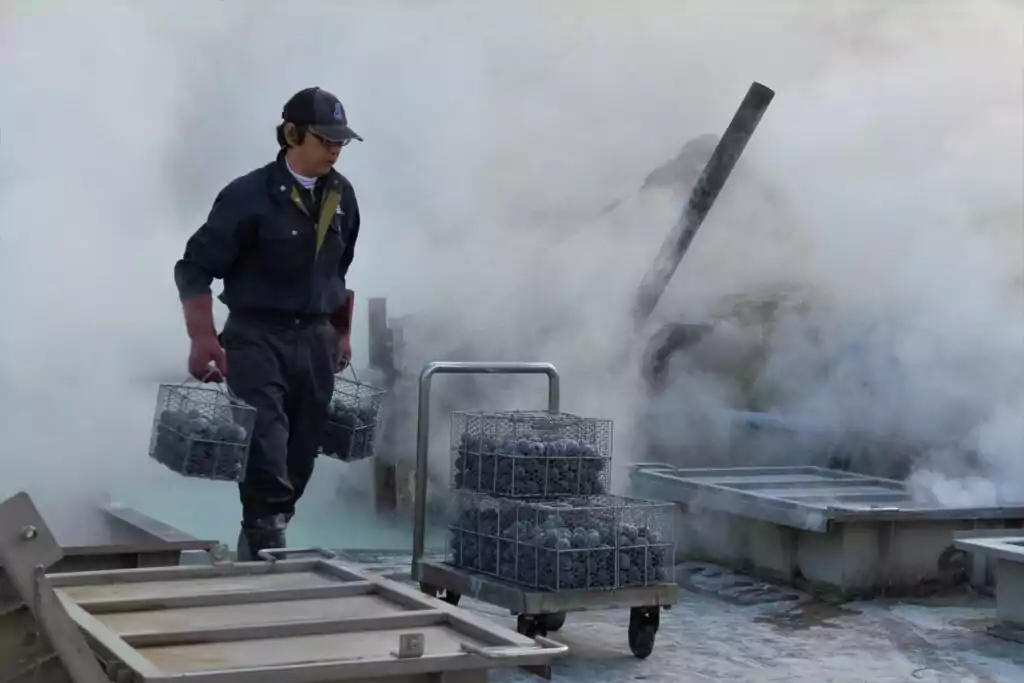
Touring around the hot springs is not only an opportunity to enjoy the benefits of the hot springs, but also to taste the local specialties and see the sights. Let the hot springs of Tohoku refresh you from the fatigue of daily life!
Related articles:
- Getting Around Japan – Practical Tips and Tricks
- The Beginner’s Guide to Car Rental in Japan
- 5 Quirky and Unusual Museums You Have to See in Tokyo
- Discovering Saga Prefecture: Unearthing Hidden Gems in Japan’s Countryside
- Exploring Kagawa – Japan’s Quiet Paradise of Art and Culture


